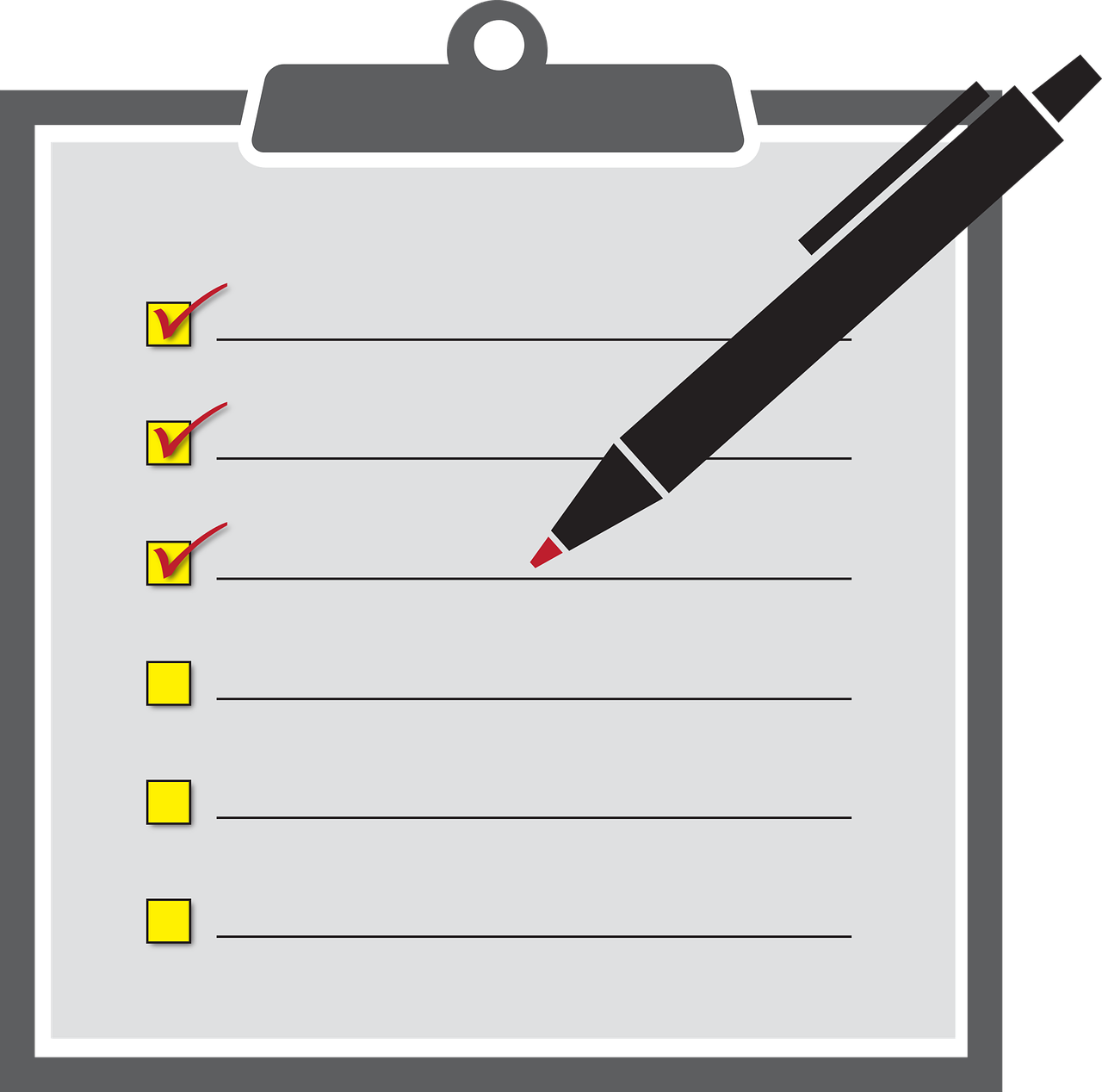The global workforce has undergone a monumental shift, accelerating a trend that was already gaining momentum: the widespread adoption of remote work. No longer a niche perk, working from anywhere has become a mainstream reality, driven by technological advancements and evolving business needs. At the core of this transformation is an intricate ecosystem of remote work technology, a suite of digital tools and platforms that enable seamless communication, collaboration, and productivity regardless of geographical location. This isn’t merely about using video conferencing; it’s about building a robust digital infrastructure that empowers individuals and teams to connect, create, and contribute effectively from virtually any corner of the globe, truly living up to the promise of connecting anywhere.
The Unstoppable Rise of Remote Work: A New Paradigm
To fully comprehend the pivotal role of remote work technology, it’s essential to understand the forces that have propelled remote work from a peripheral concept to a central pillar of modern employment.
A. Historical Context: From Niche to Necessity
While remote work has existed in various forms for decades (e.g., telecommuting), its recent explosive growth is unprecedented.
- Early Telecommuting: Initiated by the oil crisis in the 1970s, telecommuting was initially driven by a need to reduce commutes. However, early technology limited its widespread adoption.
- Internet Era Growth: The rise of broadband internet and basic communication tools in the late 1990s and early 2000s made remote work more feasible for certain roles, particularly in tech.
- The Pandemic Catalyst: The most significant accelerator was the global pandemic of the early 2020s. Forced lockdowns and health concerns necessitated an immediate pivot to remote operations for millions of businesses worldwide, proving its viability on an unprecedented scale.
- Post-Pandemic Permanence: What began as a temporary measure has largely solidified into a permanent shift. Many companies have embraced hybrid models or fully remote structures, recognizing the benefits and adaptability it offers.
B. Driving Forces Beyond the Pandemic
The permanence of remote work is not solely due to health crises; it’s fueled by compelling economic, social, and technological advantages.
- Access to Global Talent: Companies are no longer constrained by geographical hiring limitations. Remote work opens up access to a vast global talent pool, allowing businesses to recruit the best candidates regardless of their location, leading to diverse and highly skilled teams.
- Reduced Operational Costs: For businesses, remote work can significantly reduce overheads associated with physical office spaces, including rent, utilities, maintenance, and office supplies. This translates directly to bottom-line savings that can be reinvested.
- Improved Employee Satisfaction and Retention: Many employees report increased job satisfaction, better work-life balance, and reduced commute stress when working remotely. This contributes to higher morale, reduced burnout, and improved employee retention rates, which are critical in competitive labor markets.
- Increased Productivity (When Managed Well): Studies suggest that remote workers can be equally, if not more, productive than their in-office counterparts, provided they have the right tools, clear communication, and effective management. Reduced distractions and flexible schedules can contribute to focused work.
- Enhanced Business Resilience: Companies with distributed workforces are inherently more resilient to localized disruptions, whether they are natural disasters, public health crises, or transportation issues. Operations can continue even if a specific physical office is inaccessible.
- Environmental Benefits: Reduced commuting translates to fewer vehicles on the road, leading to decreased carbon emissions and a smaller environmental footprint for businesses and their employees.
The success of this widespread shift, however, hinges almost entirely on the robust and intelligent deployment of a diverse array of remote work technologies.
Foundational Pillars of Remote Work Technology
Effective remote work relies on a layered technological stack that addresses various aspects of digital collaboration and individual productivity. These pillars form the essential toolkit for connecting anywhere.
A. Communication Platforms: Bridging the Distance
Seamless communication is the bedrock of remote work, replacing informal office interactions with structured digital channels.
- Video Conferencing Software: (e.g., Zoom, Microsoft Teams, Google Meet) These are indispensable for real-time face-to-face meetings, team syncs, client presentations, and fostering a sense of connection. Features like screen sharing, virtual backgrounds, and recording are standard.
- Instant Messaging and Chat Tools: (e.g., Slack, Microsoft Teams, Google Chat) Essential for quick, informal communication, daily check-ins, sharing updates, and group discussions. Channels allow for organized conversations around specific topics or projects.
- Email: Remains a fundamental tool for formal communication, asynchronous updates, and documentation, though its role has become more specialized as real-time chat has grown.
- Voice over IP (VoIP) Phone Systems: Cloud-based phone systems that allow employees to make and receive calls from anywhere using their computer or mobile device, maintaining professional communication lines without traditional desk phones.
B. Collaboration and Productivity Tools: Shared Workspaces
Beyond communication, remote teams need ways to work together on documents, projects, and ideas in real-time or asynchronously.
- Document Collaboration Suites: (e.g., Google Workspace, Microsoft 365, Notion) These platforms allow multiple users to edit documents, spreadsheets, and presentations simultaneously, track changes, and comment in real-time, eliminating version control headaches.
- Project Management Software: (e.g., Asana, Trello, Jira, Monday.com) Crucial for organizing tasks, tracking progress, assigning responsibilities, setting deadlines, and visualizing workflows across distributed teams. They provide a centralized hub for project oversight.
- Whiteboarding and Brainstorming Tools: (e.g., Miro, Mural, FigJam) Virtual whiteboards enable teams to brainstorm ideas, create flowcharts, run workshops, and collaborate visually, mimicking an in-person meeting room experience.
- Note-Taking and Knowledge Management Systems: (e.g., Evernote, OneNote, Confluence) For organizing individual and team notes, centralizing company knowledge, and creating accessible documentation.
C. Secure Access and Network Infrastructure: Protecting the Perimeter
With work extending beyond the traditional office network, robust security and reliable network access are paramount.
- Virtual Private Networks (VPNs): Create secure, encrypted connections over public networks, allowing remote employees to safely access internal company resources as if they were in the office.
- Cloud-Based Security Solutions: (e.g., Identity and Access Management (IAM), Endpoint Detection and Response (EDR), Zero Trust Network Access (ZTNA)) These services provide layered security for remote devices, applications, and data, moving beyond perimeter-based defenses.
- Enterprise-Grade Wi-Fi and Internet: While not directly a ‘tool,’ reliable, high-speed internet access at home is fundamental. Companies might offer stipends or advice for ensuring robust connectivity.
- Cloud Desktops (DaaS) or Virtual Desktop Infrastructure (VDI): Allow users to access a virtual desktop environment from any device, centralizing data and applications in the cloud for enhanced security and simplified management.
D. Device Management and IT Support: Enabling the Remote Workforce
Managing a distributed fleet of devices and providing timely IT support requires specialized remote tools.
- Mobile Device Management (MDM) / Unified Endpoint Management (UEM): Software for remotely configuring, securing, and managing laptops, tablets, and smartphones, ensuring compliance and data protection.
- Remote Monitoring and Management (RMM) Tools: Allow IT teams to remotely monitor device health, perform maintenance, troubleshoot issues, and deploy software updates without physical access to the device.
- Help Desk and Ticketing Systems: (e.g., Zendesk, ServiceNow) Essential for remote employees to submit IT support requests and for IT teams to manage, prioritize, and resolve issues efficiently.
- Asset Management Systems: Track company-owned devices, software licenses, and other IT assets distributed across various remote locations.
Optimizing Remote Work Technology: Best Practices for Success
Simply deploying a suite of tools isn’t enough. Effective remote work requires strategic implementation and continuous optimization of these technologies.
A. Standardize and Centralize Tools
Avoid ‘tool sprawl.’ Standardize on a core set of communication and collaboration platforms that meet the majority of your team’s needs. This reduces complexity, streamlines onboarding, and improves interoperability. Centralize access to these tools through a single sign-on (SSO) solution where possible, enhancing security and user convenience.
B. Prioritize Security from the Outset
Security is paramount in a distributed environment. Implement a multi-layered security strategy:
- Strong Authentication: Enforce multi-factor authentication (MFA) for all critical systems.
- Endpoint Security: Deploy EDR solutions on all remote devices and ensure regular patching and updates.
- Network Access Control: Implement Zero Trust Network Access (ZTNA) or robust VPNs for secure access to internal resources.
- Data Encryption: Ensure data is encrypted both in transit and at rest, especially for sensitive information.
- Employee Training: Regularly train employees on cybersecurity best practices, phishing awareness, and data handling protocols in a remote context.
C. Invest in Robust Internet Connectivity
Recognize that stable internet is the lifeline of remote work. Companies should consider offering internet stipends or guidance on reliable home network setups. Encourage employees to have backup connectivity options if feasible. Poor internet directly impacts productivity and morale.
D. Foster Asynchronous Communication Culture
While real-time tools are vital, encourage a culture that embraces asynchronous communication. Not everyone is online at the same time, especially across time zones. Utilize tools like shared documents, project management platforms, and organized chat channels for updates that don’t require immediate responses. This allows for focused work and reduces meeting fatigue.
E. Provide Comprehensive Training and Support
Don’t assume technological literacy. Offer comprehensive training on all adopted remote work tools, including best practices for their use. Establish clear channels for IT support and quick troubleshooting. A well-supported remote workforce is a productive one.
F. Monitor Usage and Gather Feedback
Regularly monitor the usage of your remote work tools to understand adoption rates, identify underutilized features, and spot potential bottlenecks. Crucially, gather feedback from employees through surveys and direct conversations to understand their pain points and preferences. This data-driven approach allows for continuous optimization of your tech stack.
G. Optimize for Digital Workflows, Not Just Tools
It’s not just about the tools; it’s about the digital workflows they enable. Re-evaluate existing processes that were designed for in-office environments and adapt them for remote-first operation. For instance, replace physical sign-offs with digital approvals, and formal in-person meetings with concise video summaries and shared digital notes.
H. Embrace Cloud-Native Solutions
Leverage cloud-native services for maximum flexibility, scalability, and reduced management overhead. Cloud-based productivity suites, storage, and security tools are inherently designed for distributed access, making them ideal for remote work setups.
Emerging Trends in Remote Work Technology
The remote work technology landscape is dynamic, with continuous innovation driven by evolving needs and technological advancements.
A. Hyper-Personalized Digital Workspaces
The future will see increasingly hyper-personalized digital workspaces. This goes beyond simple customization to AI-driven tools that adapt to individual work styles, preferred communication methods, and cognitive needs. These platforms will curate information, suggest optimal collaboration times, and even integrate with biometric data to optimize focus and well-being.
B. Immersive Collaboration: AR/VR in the Workspace
While still nascent, Augmented Reality (AR) and Virtual Reality (VR) are poised to revolutionize remote collaboration. Imagine virtual meeting rooms where colleagues can interact with 3D models, conduct design reviews in a shared virtual space, or even ‘teleport’ to a digital twin of a physical site. Technologies like Meta Quest for Business or Apple Vision Pro point towards a more immersive, presence-rich remote interaction.
C. AI-Powered Productivity and Automation
Artificial Intelligence will become deeply embedded in remote work tools, automating more routine tasks and enhancing productivity:
- Meeting Summarization: AI will automatically transcribe and summarize meetings, highlight action items, and distribute notes.
- Smart Assistants: AI will proactively manage schedules, prioritize tasks, and integrate information across various applications.
- Automated Workflow Orchestration: AI-powered tools will automate complex multi-step workflows, from onboarding new employees to managing project approvals, reducing manual administrative burdens.
- Sentiment Analysis in Communication: AI could help team leaders gauge team morale or identify communication breakdowns by analyzing chat and meeting sentiment (with privacy safeguards).
D. Enhanced Digital Wellbeing and Burnout Prevention Tools
As remote work blurs work-life boundaries, technology will increasingly focus on digital wellbeing and burnout prevention. This includes:
- Focus Mode Software: Tools that actively block distractions and manage notifications during deep work periods.
- Break Reminders and Ergonomic Prompts: AI-powered nudges to encourage breaks, movement, or correct posture.
- Workload Analytics: Dashboards that help individuals and managers visualize workload distribution, identify signs of overload, and promote healthier work habits.
E. Zero Trust Security and SASE Convergence
The future of remote work security will be dominated by Zero Trust Network Access (ZTNA) and the convergence of networking and security into Secure Access Service Edge (SASE). Instead of traditional VPNs that grant broad network access, ZTNA verifies every user and device for every access request. SASE integrates this with cloud-native security functions (firewall-as-a-service, secure web gateway) delivered from the cloud edge, providing comprehensive, agile security for a distributed workforce, regardless of their location.
F. Low-Code/No-Code Platforms for Citizen Developers
The rise of low-code/no-code platforms will empower remote teams to rapidly build custom applications and automate workflows without extensive programming knowledge. This allows ‘citizen developers’ within business units to create tools tailored to their specific remote operational needs, increasing agility and reducing reliance on central IT for every bespoke solution.
G. Decentralized and Distributed Ledger Technologies (DLT) for Trust
For highly sensitive collaborative work or verifying distributed workflows, Decentralized and Distributed Ledger Technologies (DLT), including blockchain, might find niche applications. For example, ensuring tamper-proof record-keeping for project milestones or securely managing intellectual property rights across geographically dispersed contributors without a central authority.
Conclusion
Remote work is not merely a temporary adjustment; it is a profound and enduring shift in the way we work, driven and enabled by an ever-evolving ecosystem of technology. The ability to connect anywhere has liberated businesses from geographical constraints, unlocking access to global talent, reducing operational costs, and enhancing organizational resilience. For employees, it offers unparalleled flexibility and the potential for a better work-life balance.
The success of this paradigm hinges entirely on the strategic selection, intelligent implementation, and continuous optimization of remote work technology. From foundational communication and collaboration platforms to advanced security measures and emerging immersive tools, the right technological stack acts as the digital backbone for a distributed workforce. While challenges remain in fostering strong remote cultures and ensuring equitable access to resources, the trajectory of innovation in this space is clear: technology will continue to dissolve geographical barriers, making “work from anywhere” not just a possibility, but an increasingly seamless and productive reality, truly enabling businesses and individuals to connect, create, and thrive across the globe.














